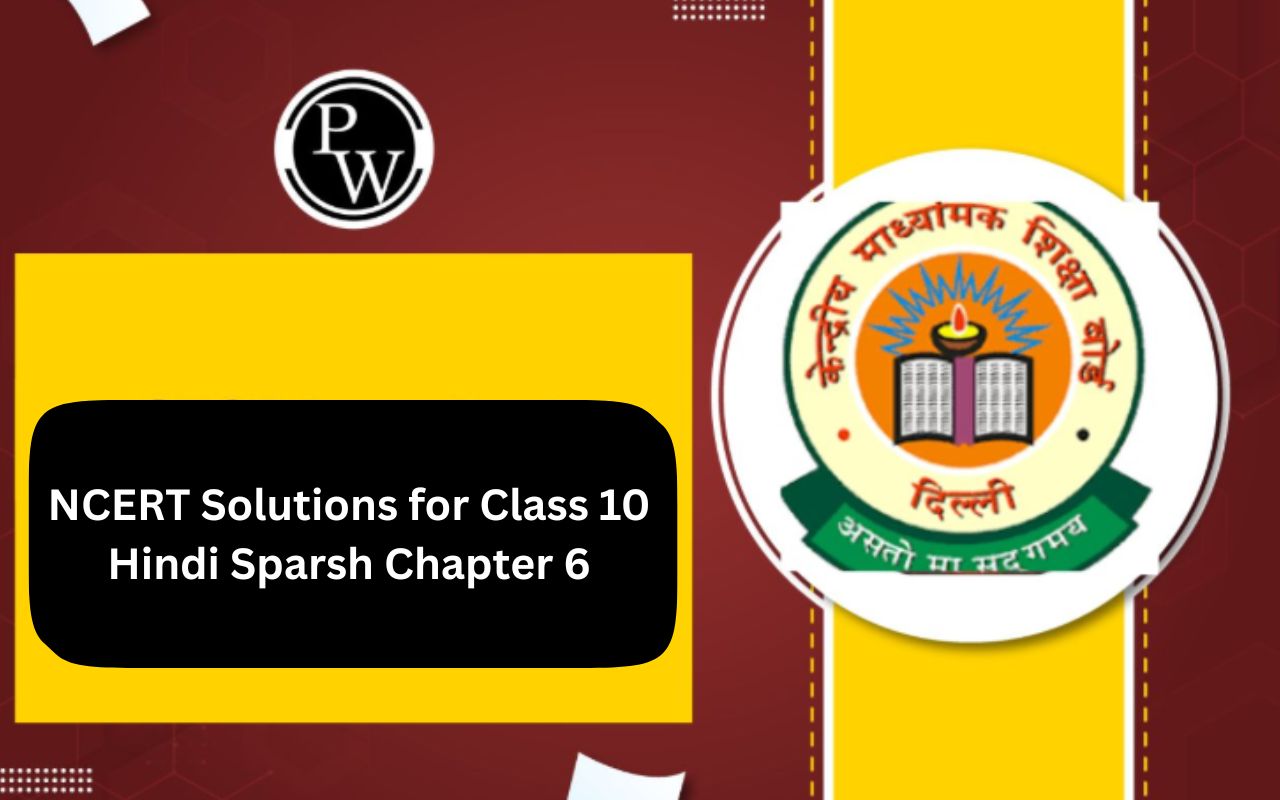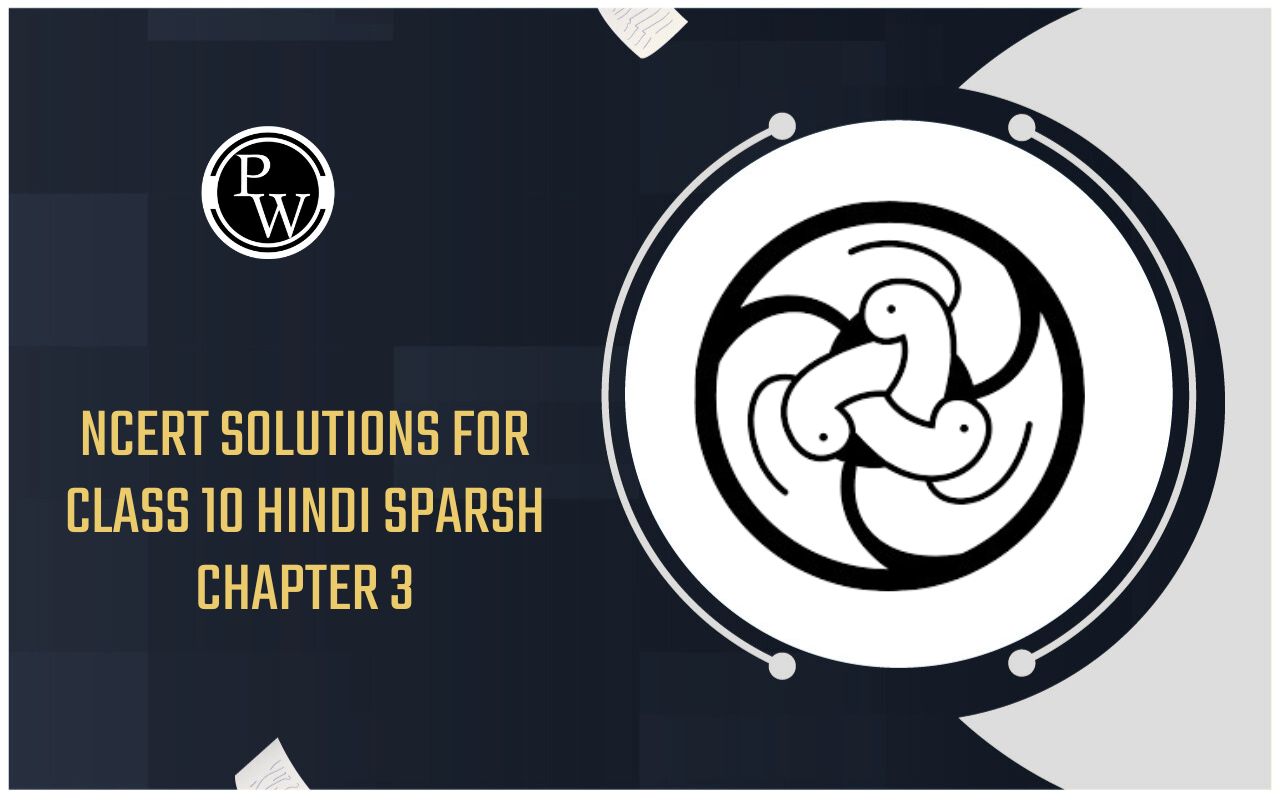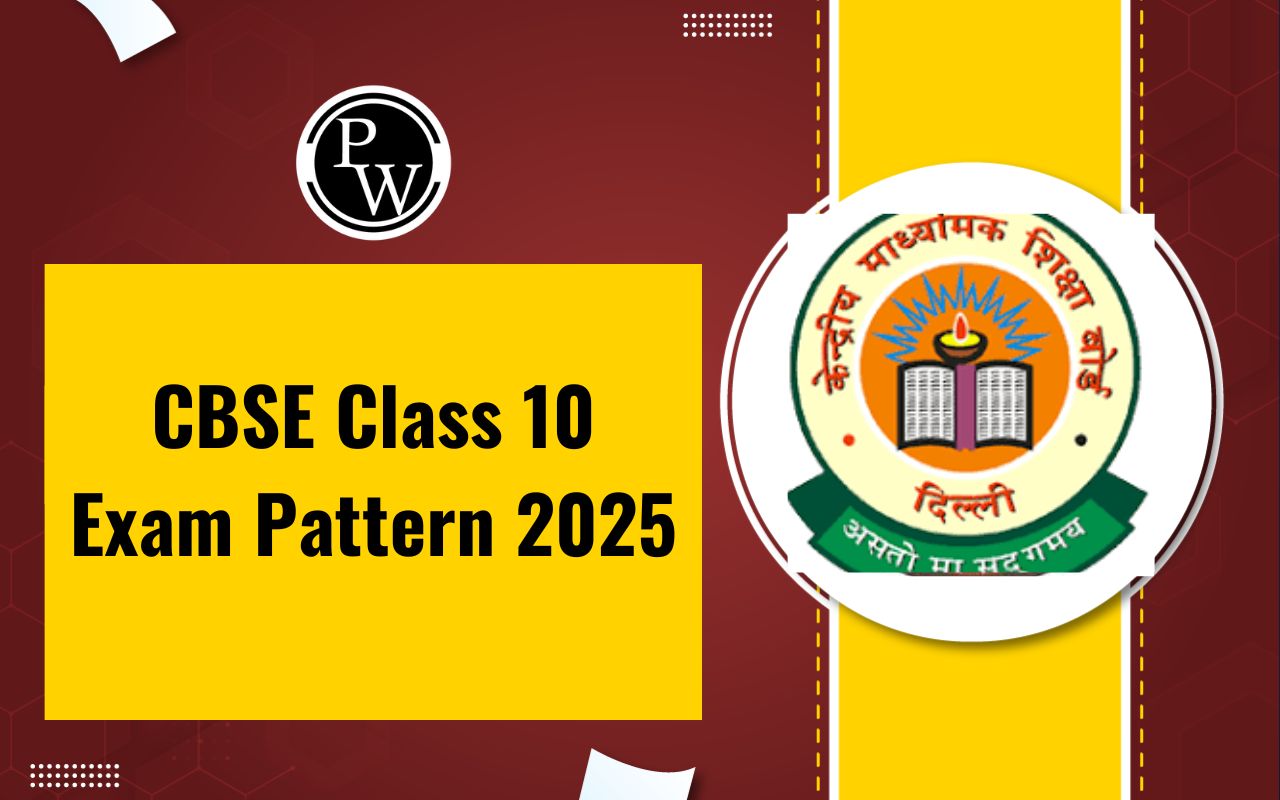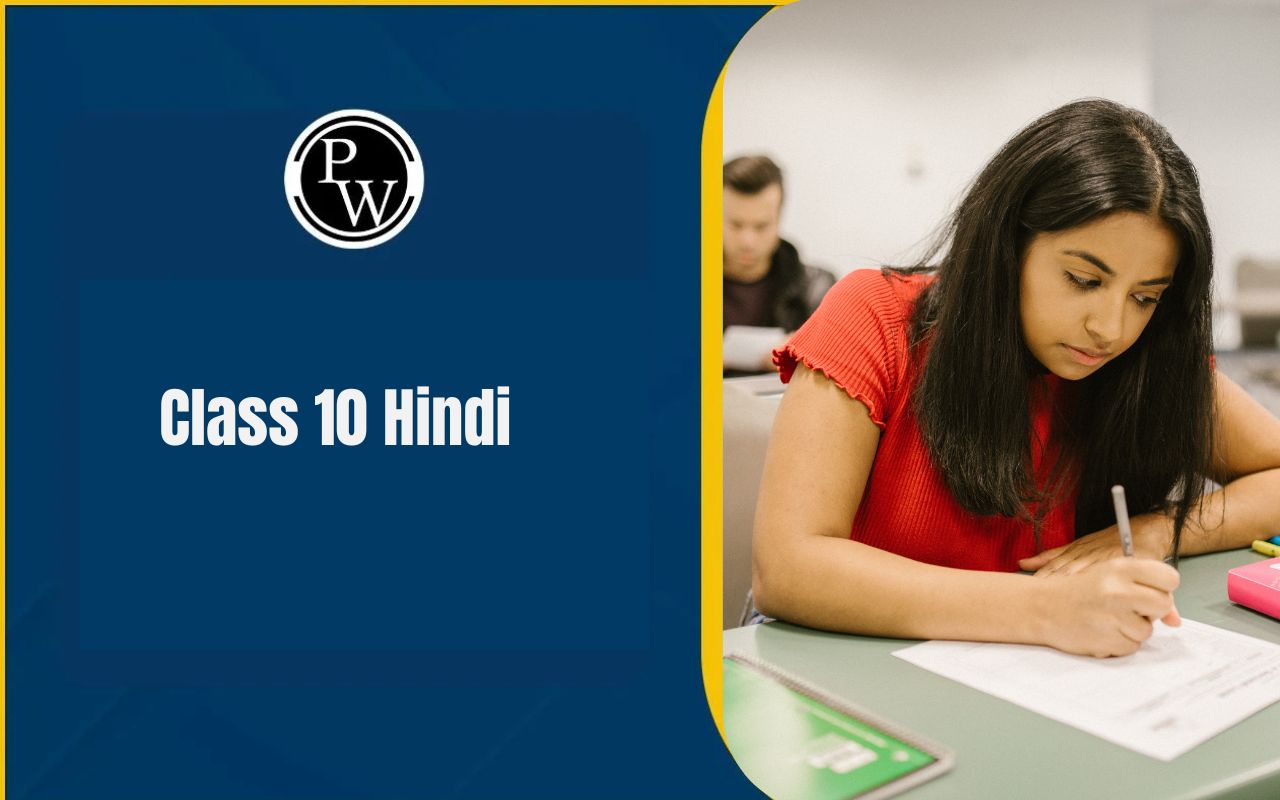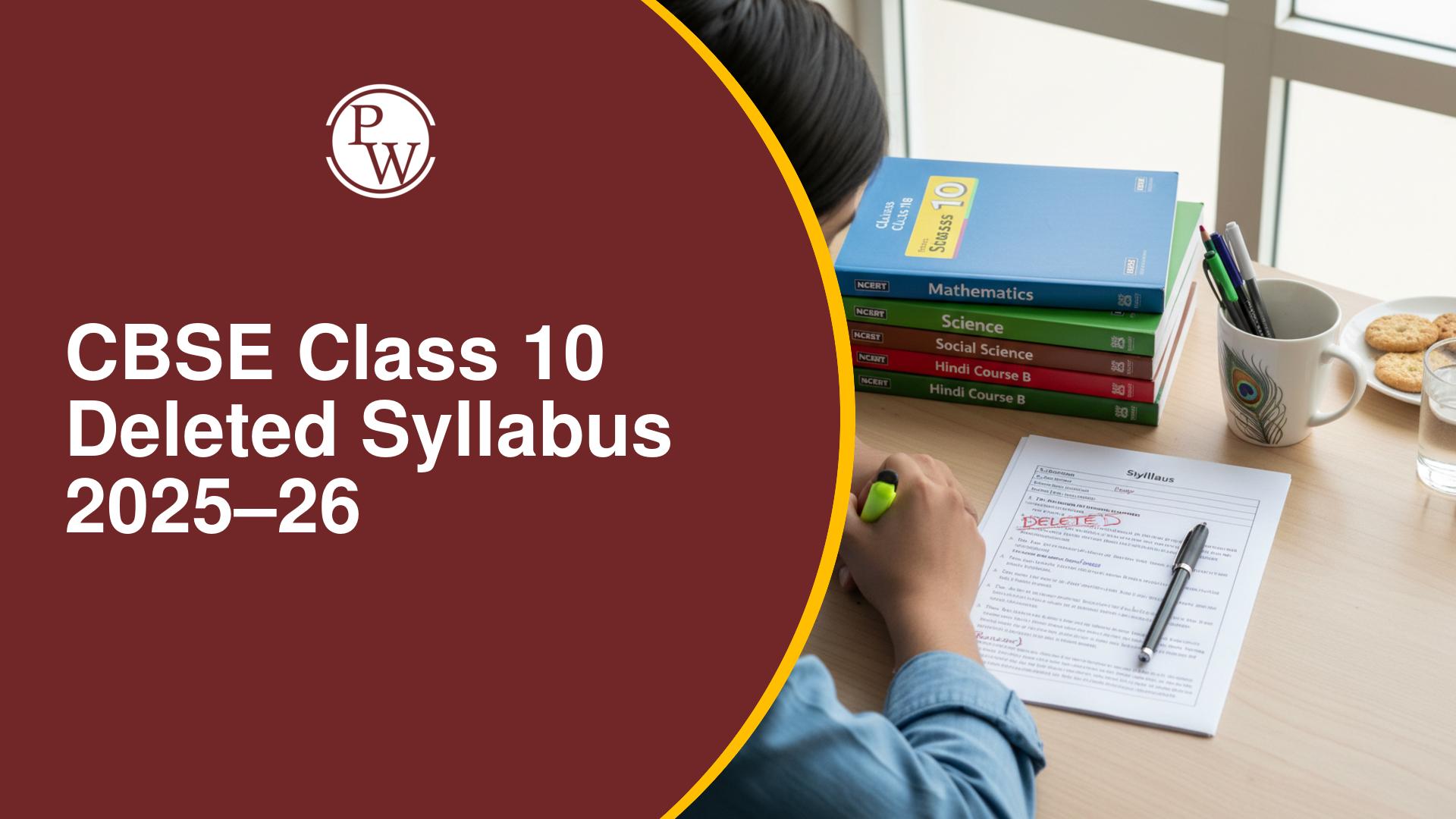
NCERT Solutions for Class 10 Social Science Civics Chapter 2: Chapter 2 of the NCERT Social Science Civics textbook for Class 10 is all about federalism. Federalism is when the power is shared between the central government and state governments. In India, for example, the central government handles some things, while state governments handle others.
This chapter talks about how federalism works, what powers the central and state governments have, and the challenges they face. It also looks at examples from other countries to understand how federalism is applied globally. By studying federalism, students learn how it helps maintain unity and diversity in a country like India.Federalism Class 10 Questions and Answers
Below are the solutions for NCERT class 10 civics chapter 2 question answer. These solutions cover all the exercises and questions provided in the chapter, provide a comprehensive understanding of the concept of federalism.By going through these NCERT Solutions, students can clarify their doubts and strengthen their knowledge of federalism and its significance in the political system.
Exercises Page No. 27
1. Locate the following States on a blank outline political map of India: Manipur, Sikkim, Chhattisgarh and Goa.
Answer.
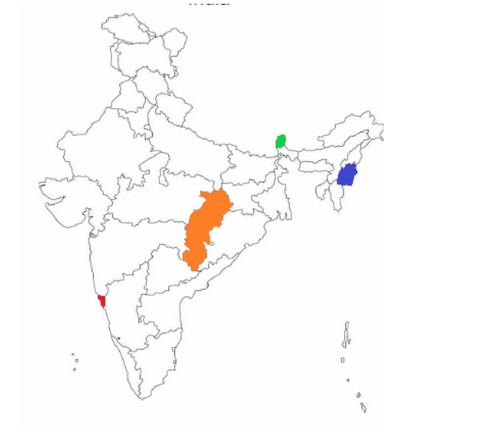
| Green – SikkimBlue – Manipur Orange – Chhattisgarh Red – Goa |
2. Identify and shade three federal countries (other than India) on a blank outline political map of the world.
Answer.
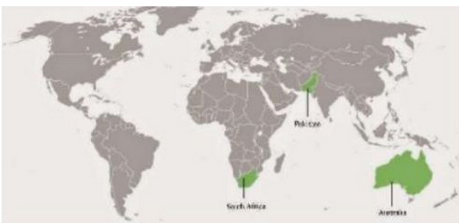
- South Africa
- Pakistan
- Australia
3. Point out one feature in the practice of federalism in India that is similar to and one feature that is different from that of Belgium.
Answer.
A similarity between the practice of federalism in India and Belgium is the aspect of power-sharing between the union government and state government. However, a notable difference is that India lacks a community government in practice, whereas Belgium has one.4. What is the main difference between a federal form of government and a unitary one? Explain with an example.
Answer.
| Federal Form | Unitary Form |
| There is a sharing of power between union and state government. | The power is centralised with the union government, and there is no role of state governments. |
| Example – India (India is a federal country with union government at the centre and state governments at the state level and Panchayati Raj at the local level.) | Example – Sri Lanka (The national government has all the powers.) |
5. State any two differences between the local government before and after the constitutional amendment in 1992.
Answer.
| Local Government Pre-1992 | Local Government Post Constitutional Amendment 1992 |
| Elections to these local governments were not held regularly | Now, it is constitutionally mandated to hold regular elections to local government bodies |
| Local governments did not have any powers or resources of their own. | The State governments are required to share some powers and revenue with local government bodies. The nature of sharing varies from state to state. |
6. Fill in the blanks:
Since the United States is a ___________________ type of federation, all the constituent States have equal powers and States are ______________vis-à-vis the federal government. But India is a _____________________ type of federation and some States have more power than others. In India, the ____________ government has more powers.
Answer.
In the United States, which follows a "coming together" type of federation, all constituent states possess equal powers, making them strong in relation to the federal government. However, in India, a "holding together" type of federation, some states wield more power than others. Here, the central government holds greater authority.7. Here are three reactions to the language policy followed in India. Give an argument and an example to support any of these positions.
Sangeeta: The policy of accommodation has strengthened national unity.
Arman: the Language-based States have divided us by making everyone conscious of their language.
Harish: This policy has only helped to consolidate the dominance of English over all other languages.
Answer.
Sangeeta's advocacy for the policy of accommodation is a fitting response to India's language policy. This approach fosters unity among states with diverse linguistic backgrounds. Without such accommodation, there might have been demands for secession from several states, posing a threat to India's integrity.8. The distinguishing feature of a federal government is:
- The national government gives some powers to the provincial governments.
- Power is distributed among the legislature, executive and judiciary.
- Elected officials exercise supreme power in the government.
- Governmental power is divided between different levels of government
Answer.
d. Governmental power is divided between different levels of government9. A few subjects in various Lists of the Indian Constitution are given here. Group them under the Union, State and Concurrent Lists as provided in the table below.
- Defence
- Police
- Agriculture
- Education
- Banking
- Forests
- Communications
- Trade
- Marriages
Answer.
| Union List | Defence | Communications | Banking |
| State List | Police | Agriculture | Trade |
| Concurrent List | Education | Forests | Marriages |
10. Examine the following pairs that give the level of government in India and the powers of the government at that level to make laws on the subjects mentioned against each. Which of the following pairs is not correctly matched?
| State government | State List |
| Central government | Union List |
| Central and State governments | Concurrent List |
| Local governments | Residuary powers |
Answer.
| Local governments | Residuary powers |
11. Match List-I with List-II and select the correct answer using the codes given below the lists:
| List-I | List-II |
| Union of India | Prime Minister |
| State | Sarpanch |
| Municipal Corporation | Governor |
| Gram Panchayat | Mayor |
Answer.
| List-I | List-II |
| Union of India | Prime Minister |
| State | Governor |
| Municipal Corporation | Mayor |
| Gram Panchayat | Sarpanch |
12. Consider the following two statements.
- In a federation, the powers of the federal and provincial governments are clearly demarcated.
- India is a federation because the powers of the Union and State Governments are specified in the Constitution and they have exclusive jurisdiction on their respective subjects.
- Sri Lanka is a federation because the country is divided into provinces.
- India is no longer a federation because some powers of the States have been devolved to the local government bodies.
Which of the statements given above are correct?
- A, B and C
- A, C and D
- A and B only
- B and C only
Answer.
(c) A and B onlyClass 10 Civics Chapter 2 Federalism Summary
Chapter 2 of the NCERT Social Science Civics textbook delves into the concept of federalism, a system where power is shared between multiple levels of government. In India, federalism is evident through the distribution of power among the union government, state government, and local government, including the Panchayati Raj. Students will explore the fundamentals of federalism in India, including decentralization. The chapter covers various aspects of federalism in practice, such as the language policy and the relationship between the center and the states.NCERT Solutions for Class 10 Civics Chapter 2 Federalism PDF
You can access the PDF link for NCERT Solutions for Class 10 Social Science Civics Chapter 2: Federalism below. This PDF contains detailed solutions to all the questions and exercises in the chapter, making it easier for students to understand and grasp the concepts discussed.Whether you need help with understanding the basics of federalism or solving specific problems, this PDF has got you covered.
NCERT Solutions for Class 10 Social Science Civics Chapter 2 : Federalism PDF
|
NCERT Solutions for Class 10 Social Science Political Science |
| Chapter 1 : Power-sharing |
| Chapter 2 : Federalism |
| Chapter 3 : Democracy and Diversity |
| Chapter 4 : Gender, religion, and caste |
| Chapter 5 : Popular Struggles and movements |
| Chapter 6 : Political parties |
| Chapter 7: Outcomes of democracy |
| Chapter 8: Challenges to democracy |
NCERT Solutions for Class 10 Social Science Civics Chapter 2 FAQs
What is federalism?
How does federalism benefit a country like India?
What are the key features of federalism in India?
How does federalism differ between India and the United States?


